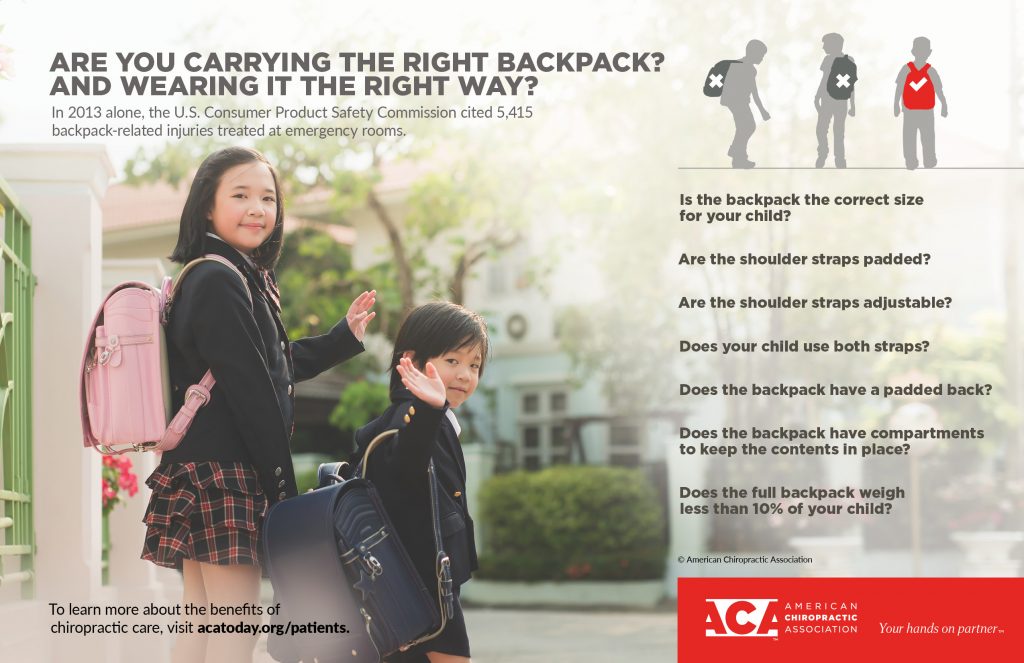Manipulation vs. Mobilization

Houston Chiropractor Comments: I recently had a prior patient return for treatment of her low back pain. Her HMO doctor had referred her to physical therapy (PT) for treatment of her pain and she went there. She had asked to be referred to my Clear Lake City, TX office, but her GP stated that chiropractors and PT’s treat low back pain the same so he would not refer her to my office.
The visit at the physical therapy clinic started out the same as most clinics. She had an examination followed by some therapy. After the therapy was completed, she asked about getting her back adjusted.
That is when she found out about the difference between chiropractic manipulation or adjustments and PT mobilization.
A chiropractic manipulation is typically a high velocity end range technique. A PT mobilization typically takes a joint through their range of motion, but does not take the joint beyond its end range.
The chiropractic manipulation requires a lot more skill to deliver the correct treatment. It usually requires several thousand adjustments before a chiropractor can determine the exact amount of force and speed to manipulate patients of any age correctly.
The mobilization usually is slower in speed and does not go through the full joint range of motion. They typically consist of slow, rhythmical, oscillating techniques similar to stretching.
After 3 visits with the PT my patient had not seen any improvement, so she decided to pay out of pocket to see me. After the first chiropractic manipulation she had a 50% reduction in pain and it was completely relieved in 3 visits.
Both of these treatments have their place, but they are not the same and neither are the results.
Dr. Ward Beecher practices at Beecher Chiropractic Clinic at 1001 Pineloch, Ste 700 Houston, TX 77062. You can schedule an appointment at www.BeecherChiropractic.com or by calling (281) 286-1300. If you have any questions regarding this blog, please comment below!
Take Control of Your Lower Back Pain
Chiropractic care is a safe, effective, and opioid-free solution to lower back pain. Check out our back pain resources to learn more about how chiropractic care can help you. Then contact us to schedule an appointment today.
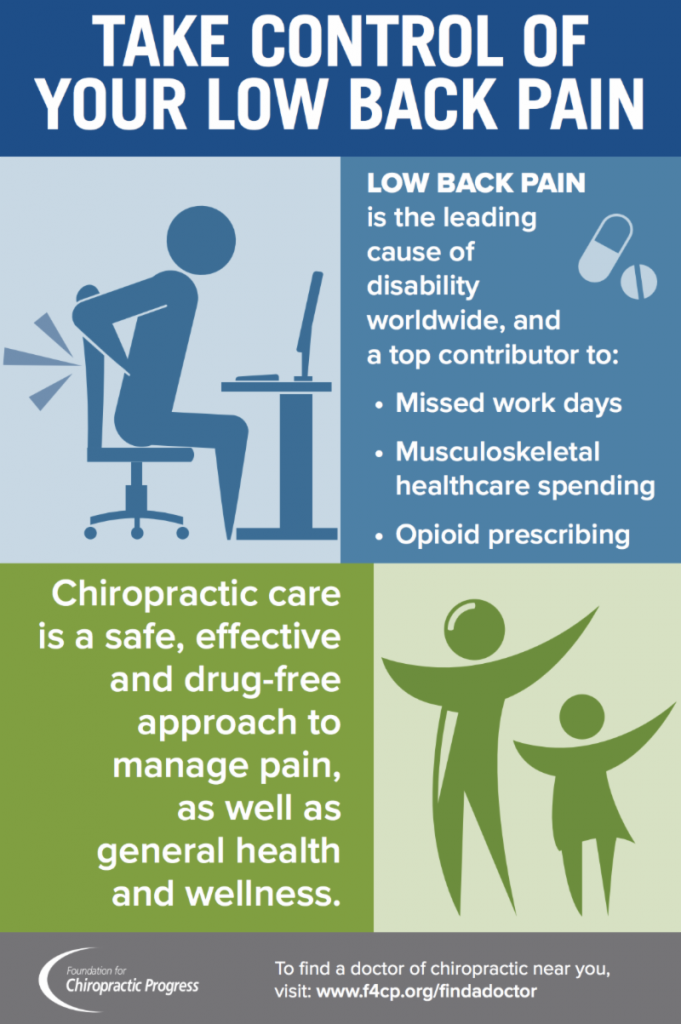
Chiropractic Care For Veterans
25% of veterans report lower back problems. Chiropractic care could help to alleviate the use of opioids as treatment by as much as 66%. Call us today to find out how chiropractic care can help you.
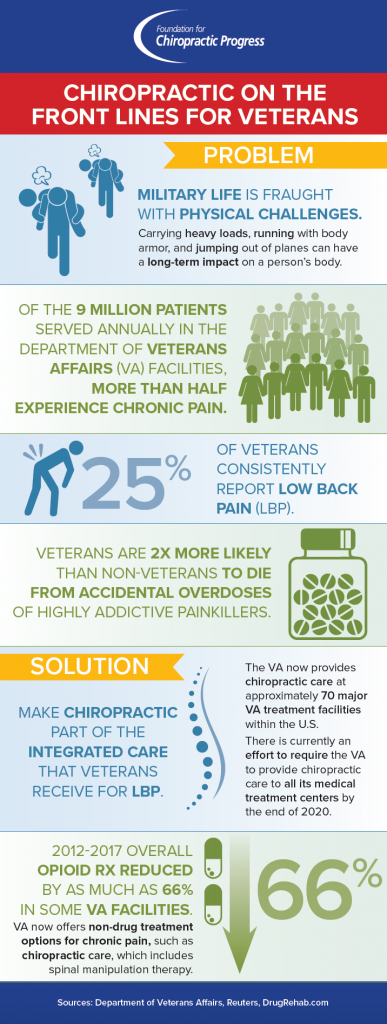
3 Stretches for Lower Back Pain
Dr. Ward Beecher walks you through 3 stretches to help with lower back pain.
1. Laying on back, pull knee up to chest.
2. Laying on back, roll knee over opposite leg while keeping shoulder flat.
3. While on stomach, keeping hips flat on surface, push upper body up.
Check out the video to learn how to preform each of these stretches.
Likelihood of Surgery with Back Injury
For people that end up with a back injury on the job or not, those that visited a chiropractor first were much less likely to need surgery.
Avoid Damaging Back When Wearing Backpack
When wearing a backpack, make sure to chose the right one and to wear it correctly to avoid hurting your back.
Understanding Sacroiliac (SI) Pain
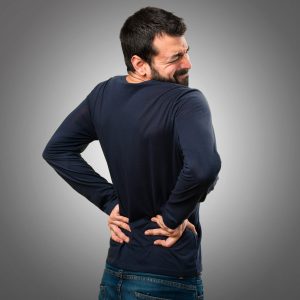
Clear Lake Chiropractor Comments: When most people come in to my office complaining of “hip” pain, they usually point to their sacroiliac (SI) joint. The SI joints are located right below your belt line above your buttocks. The SI joints are designed to help transition the weight from the spine to the pelvis. Additionally, sacroiliac joints are designed to allow a minimal amount of movement, and are reinforced with an interconnected network of strong ligaments and tendons.
Pain in the SI joints comes from either too much motion or not enough motion. There can be too much motion in the joint during pregnancy when the ligaments become relaxed to help with the birth or as a result of an injury. The most common injury that we see is when people are bending and twisting at the same time. This can either sprain the joint or allow the joint become subluxated or out of alignment. There can be not enough motion in the joint when it has become arthritic or has degenerated.
Typically SI joint pain will start in the joint and radiate out into the adjacent muscles. The SI joint can also send out a referred pain. The referred pain will go into the buttocks, around to the groin and possibly down the front of the thigh. It will not cause pain to go past the knee. That is a nerve pain.
The best treatment for SI pain is chiropractic care to make sure that the joint is in the correct alignment and not immobile, physical therapy to help with the pain and relax the muscles, stretches to make sure that the joint and associated muscles are moving correctly and therapeutic exercises to make sure that the joints are properly supported.
Dr. Ward Beecher practices at Beecher Chiropractic Clinic at 1001 Pineloch, Ste 700 Houston, TX 77062. You can schedule an appointment at BeecherChiropractic.com or by calling (281) 286-1300. If you have any questions regarding this blog, please comment below!
When Back Pain Isn’t Caused By Your Back
Houston Chiropractor Comments: It seems odd when you say it, but sometimes back pain isn’t caused by your back. As a chiropractor, we are trained to determine the cause of someone’s back pain. This allows us to determine if the complaint is minor and can be handled out of the office with stretches and exercises, if it is a chiropractic problem that requires spinal adjustments and therapy or does the problem require medical attention. After being a chiropractor for 28 years I have seen many cases where the back pain wasn’t coming from the spine, but somewhere else.
One of the worst things that can be happening is that the patient is having an abdominal aortic aneurysm. Occasionally in individuals older than 60 with high blood pressure or genetic diseases, the aorta can stretch out and pain from this can refer to the back. The danger is that this vessel can rupture and may possibly need to be fixed surgically.
A more common cause is a gynecological problem such as endometriosis, ovarian cysts or a pelvic infection. It is important to get a thorough history of the patient’s cycles and activities to help rule this in or out.
Kidney infections are famous for referring pain to one side of the back near where the ribs meet the lower back. This is called costovertebral tenderness and is elicited by percussing at the lowest ribs along the side the spine. Severe pain in this region can be an indicator of a kidney infection.
Gall bladder attacks can also cause back pain. These attacks are typically a “crampy” type of pain occurring after a fatty meal that gets better and then worse.
Intestinal complaints such as ulcers and diverticulitis can also refer pain to the spine when the intestine becomes inflamed or irritated. A proper history and examination will help to determine if this is the cause.
Finally a pulled muscle from the ribs or abdomen can refer pain to the spine.
Dr. Ward Beecher practices at Beecher Chiropractic Clinic at 1001 Pineloch, Ste 700 Houston, TX 77062. You can schedule an appointment at BeecherChiropractic.com or by calling (281) 286-1300. If you have any questions regarding this blog, please comment below!
School Back Packs and Back Pain
Clear Lake Chiropractor Comments: Every year millions of children walk around with heavy school back packs filled with books and supplies. While this is a good way to carry their school materials, by using their back and shoulder muscles, the tendency is to place too much strain on their neck and back due to overloading the back pack. The back will compensate for any load applied to it for an extended period of time. A heavy weight carried in backpacks can:
- Distort the natural curves in the middle and lower backs, causing muscle strain and irritation to the spine joints and the rib cage
- Lead to rounding of the shoulders
- Cause a person to lean forward, reducing balance and making it easier to fall
This problem can be made worse by carrying the pack on just one shoulder. Doing this causes the body to adapt by causing the body to lean to the other side placing additional stress on the mid and lower back as well as their associated muscles. This can lead to the children having headaches, shoulder, neck and back pain as well as pain down the arms and legs.
There is not a consensus among doctors on the correct amount of weight that a child can carry or the perfect back pack design, but parents should use common sense in choosing the best back pack for your child.
Look for backpack design features that help reduce the chance of back pain:
- Lightweight material (canvas as opposed to leather)
- Two padded, wide (2-inches), adjustable shoulder straps on the backpack
- Padded back
- Individualized compartments
- Hip strap, waist belt, or frame to redistribute the weight of the backpack from the shoulders and back to the pelvis
- Wheels so that the backpack can be pulled rather than carried
- Consider using a separate bag for the child’s laptop or other heavier electronic items
Dr. Ward Beecher practices at Beecher Chiropractic Clinic at 1001 Pineloch, Ste 700 Houston, TX 77062. You can schedule an appointment at BeecherChiropractic.com or by calling (281) 286-1300. If you have any questions regarding this blog, please comment below!
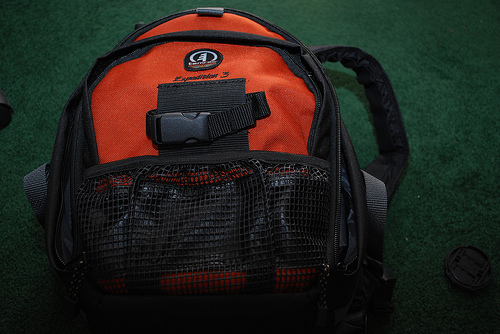
What Can I Do To Lower My Risk For Low Back Pain?
Houston Chiropractor Comments: Low back pain (LBP) can have many causes such as genetics, acquired abuses, body type (especially obesity – body mass index or BMI >30), gender, as well as cultural aspects that predispose one to acquire low back trouble. So, the question remains, “what can I do to reduce my risk for developing low back pain?”
The answer, like the cause is – you guessed it – multifactorial. Since we can’t change our genetics, we’ll have to accept that one. But, we can change our BMI by keeping our weight to a reasonable amount. In a 2010 study from Norway, 60,000 men and women provided BMI information and 20.9% of the men and 26.3% of the women indicated they had chronic low back pain. The authors found a direct relationship to a high BMI and an increased prevalence of LBP. Similar results attributing obesity to LBP were also reported in a meta-analysis published in 2010 in the American Journal of Epidemiology.
So, what is, “…a reasonable amount of weight?” When using the BMI, a BMI of 18.5 to 25 is considered “normal,” while 25-30 is described as overweight and >30 represents obesity. We should also mention anything LESS than 18.5 is considered underweight and that’s not good either as many nutritional needs of the body are compromised and too little weight can negatively affect bone health leading to osteoporosis and a myriad of other problematic health issues.
You may be wondering what a body mass index or BMI is, as it’s quite important and is quickly gaining respect in the medical world. In fact, it has been suggested to include the BMI along with the other “vital signs” pairing it up with blood pressure (BP), pulse, breathing rate, height, weight, and temperature. The BMI is a formula of height and weight and it’s a rough calculation of our total body fat, which is related to the risk of disease and death. However, according to the National Heart, Lung and Blood Institute (NHLBI) it’s a little more complicated than that as people with greater muscle mass (such as a body builder) will have a higher BMI, suggesting they are overweight. At the other end of the spectrum, older individuals who have lost muscle mass may be still be overweight but their BMI will not reflect that.
The NHLBI reports 3 factors of importance when defining obesity and its many negative health effects, including the increased prevalence of LBP. The 3 factors are: 1) The BMI; 2) The waist measurement; 3) The presence of other negative health factors including: high BP, high LDL-cholesterol, low HDL-cholesterol, high triglycerides, high blood sugar, a family history of heart disease, physical inactivity and smoking cigarettes. If you have a waist size >35” for woman, >40” for men, AND 2 or more risk factors, simply put, you MUST lose weight! Even a small weight loss of 10% (such as 30# if you’re 300#), will help lower your risk of developing diseases associated with obesity such as heart disease, high cholesterol related diseases, stroke, certain types of cancers and type 2 diabetes.
We also realize you have a choice in who you choose for your healthcare services. If you, a friend or family member requires care for low back pain, we sincerely appreciate the trust and confidence shown by choosing our services and look forward in serving you and your family presently and, in the future.
Dr. Ward Beecher practices at Beecher Chiropractic Clinic at 1001 Pineloch, Ste 700 Houston, TX 77062. You can schedule an appointment at BeecherChiropractic.com or by calling (281) 286-1300. If you have any questions regarding this blog, please comment below!


